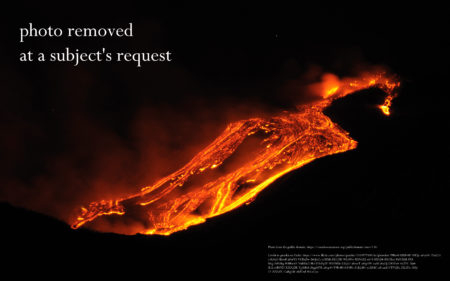Perhaps the most long-running debate in climate change economics concerns what discount rate ought to be used, when working out what the probable costs of future climate change mean in the present. The basic idea of a discount rate is that things are often worth more acquired immediately than they are delivered at some future time. This is reflected in the existence of positive interest rates, which compensate people for waiting.
In the context of climate, the discount rate is basically a measure of how much we care about future generations, and what burdens we are willing to accept in order to improve their lives. If a 1% sacrifice in our generation will avert catastrophe for people a few generations off, it is probably something we should do. By contrast, if a massive sacrifice now only creates incremental improvements later, we may want to hold off. The Stern Review of climate change economics attracted both praise and criticism for choosing a very low discount rate. This choice was made on the basis of the moral argument that we should be equally concerned about the welfare of all generations. Even if climate change won’t become a disaster for a hundred years, or more, we should still be willing to consider the costs imposed by our emissions as meaningful. If you choose the sort of high discount rates used for business decisions, you basically shrink the importance of anyone living more than a few decades away down to almost zero. William Nordhaus is one economist who advocates such a rate, despite how using the 3% rate he prefers makes costs in 25 years half as significant as costs now.
One problem with using formal discount rates is that they can produce strange results when applied mathematically:
Paul Klemperer, an economics professor at Oxford University, points out that very long-term securities carry very low interest rates. When the British government recently issued 40-year index-linked bonds, for instance, it did so at a 0.5% real rate. And over the very long term standard discount rates lead to strange conclusions. At a modest 2% rate, for instance, a single cent rendered unto Caesar in Jesus’s time is the equivalent of about $1.5 quadrillion (or 30 times the value of the entire world economy) today.
Another major reason for which people advocate high discount rates is because they believe that people in future generations will almost inevitably be richer than those alive now, and thus able to deal with any particular physical problem using a smaller fraction of their wealth. While building coastal defences for low-lying cities might use up a lot of our wealth now, the argument goes, people in the future will be better able to cope. Personally, I don’t think we can assume any longer that people decades from now will be richer than us. Firstly, the costs associated with climate change are going nowhere but up. Secondly, the bonanza of cheap fossil fuel energy is ending. Future generations are going to have some big hurdles to jump.
The choice of discount rate has a massive effect on whether your economic modeling tells you that mitigating climate change is a better deal than trying to adapt to it. If you have discounted away the welfare of people in 50 or 100 years, the fact that they could be put into an intolerable situation is largely unimportant. Personally, I think climate economics is given too much credibility due to the false precision it seems to offer. Rather than abstracting down to a single number and then giving it so much importance, perhaps we should think about risk management in a more qualitative way. Rather than using math to investigate the question of whether we should take the lives and welfare of those in the future seriously, we should acknowledge the strong moral case that we should not seriously damage the planet for all those who will follow us.





